
The Witcher 3
Available Platforms
Release Date
19 May 2015
Developer
CD Projekt RED
Publisher
CD Projekt
Coming into 2007, The Witcher had little momentum. After a great showing both before and at E3, more starting jumping onto the Witcher-wagon. After many years in development and many, many impressive changes to the BioWare Aurora Engine, The Witcher is finally being released to the public. The resulting game is pretty strong thanks to an interesting world rife with moral divides in a story progression that makes for hard choices when creating an identity for Geralt, the protagonist. It’s a well realized and detailed world with excellent music to fill in the mood. If it wasn’t for some story inconsistencies, crashing issues, and snore-inducing load times, The Witcher would be higher on our list of must-haves. As it is, we still recommend the game, but want to note for buyers to beware of the technical problems.
The Witcher’s story is an unusual one for fantasy. The world is dark and grimy in the way you’d expect actual medieval towns and landscapes to be. It’s full of fear, disease, religious zealotry, and political maneuvering that results in pain for the powerless populace at large. In short, it’s a window into our own world and tries to expose some of the issues that we deal with on a daily basis while still providing players the chance to control an interesting character and participate in an exciting adventure. It results in some cheesiness as the writers try to shove too many modern day problems into one game, but many of the issues are tackled in a mature fashion and we couldn’t help but be drawn into this flawed but hopeful world.
While tensions always seem to be high between humans, elves, dwarves, and other races of fantasy, this Polish-born tale pushes those tensions into full blown racism. While most of the epithets are cast at the “non-humans” like the elves and dwarves, the main character Geralt is not immune to the slanderous speech of the human population. While Geralt was born human, he was mutated and trained to become something both more and less. While Witchers are granted enhanced reflexes and strength and trained to slay monsters, use basic magic, and brew helpful potions, the process of mutation sterilizes them and as many observe in the game, turns them cold to others.
Thusly, Geralt’s adventures are not all happiness and joy in finding new friends as they are in some RPGs. Most humans are wary of Geralt, some are downright hostile and the non-humans often have the same reactions because he’s part human. From the moment Geralt leaves the confined tutorial area of his home castle Kaer Morhen, he’s subjected to the fears and anger of a world looking for a reason to explode. Geralt, of course, takes a defining role at the center of that explosion, one way or another.

Geralt as the deciding factor in events is one of the reasons The Witcher works as a narrative and a game. The first couple of chapters of the adventure will offer up some moral decisions that may seem a little more cut and dry but when chapter three rolls around, the choices offered up are many shades of gray and it’s hard to ever know that what you’re doing is “right” by the video gaming standard of black and white right and wrong. Are you helping elves fighting for freedom and equality or terrorists that have just as much hatred of humans as humans have of them? Do the ends of preserving and protecting humanity really justify the potentially horrific means? Do I love Triss or Shani or just view them as toys for my amusement? These ideological, political, and personal decisions make the story and the game more engrossing as you sit there and wonder “what did I just do?”
The story works itself out mostly through conversation though there is the occasional action cutscene at bigger moments as well as art “slideshows” of flashbacks to previous choices when a branch of the story comes to fruition. You’ll see how your decision affected you and the environment/people around you. Their intention was to provide players with a chance to see that their actions have consequence whether it’s good or bad but it also proved to be a powerful tool to get us to want to play again to see outcomes from different choices. Consequences aren’t always immediately understood and it’s not unusual for one of these scenes to play several acts in the past and relate it to current happenings. While it’s generally pretty well done, it can occasionally be a little confusing. Whether it’s the translation or just occasionally disjointed story progression is hard to say.
The slideshows aren’t the only odd and disjointed bits of the story. There are some presentation issues in the cutscenes that cause some disconnect from the adventure. Right after one of the best cutscenes showing Geralt departing from Kaer Morhen we’re jolted forward to Geralt outside of an inn as barghests attack. There’s no connection showing that Geralt wound up there, just that he’s there, waiting outside in the rain with some other folks. When that happened I didn’t know where I was or what brought me there, only that I was suddenly there fighting glowing dogs. While most of the game isn’t like this, some extra attention to presentation could have helped.
With a bleak situation in a world filled with monsters, it would be sad if the combat didn’t hold up and while it’s not perfect, we are definitely pleased with it. It uses a timing based clicking system in order to keep the combat more RPGish while also making it more active. Clicking once will initiate an attack. Once that attack animation begins (usually involving several sword strokes) players will either wait for a yellow flaming sword icon (normal difficulty) or an orange sword arc (high difficulty) to know to click again to chain the attack into another combo. Attacks gain in strength the more skill points are allotted to each style. With three camera modes, players should be able to find something that feels pretty good to them in combat. I’ve preferred the over-the-shoulder mode since it provides up close action, but the isometric camera provides easier access to attacking different enemies since in OTS Geralt is tied to the reticule and isometric has the cursor free roaming.
One thought on “The Witcher 3”
Leave a Reply
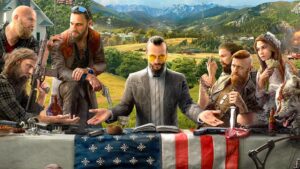
Far Cry 5 launches on Xbox One
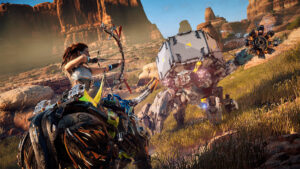
Horizon Zero Dawn Game | PS4
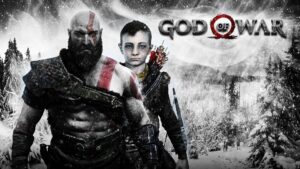
God Of War – Gaming Reviews, News

Frostpunk Review: Damned If You Do, Damned If You Don’t
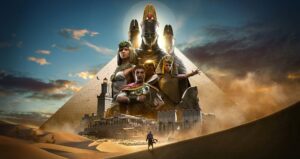
Assassin’s Creed: Origins – Ptolemy XIII
Pros
- So many game types, all delivered with panache
- Breathtaking scenery
- Tombs are exactly as they should be (minus blow darts)
Cons
- Far too many collectibles everywhere
- It's very, very similar to the previous game






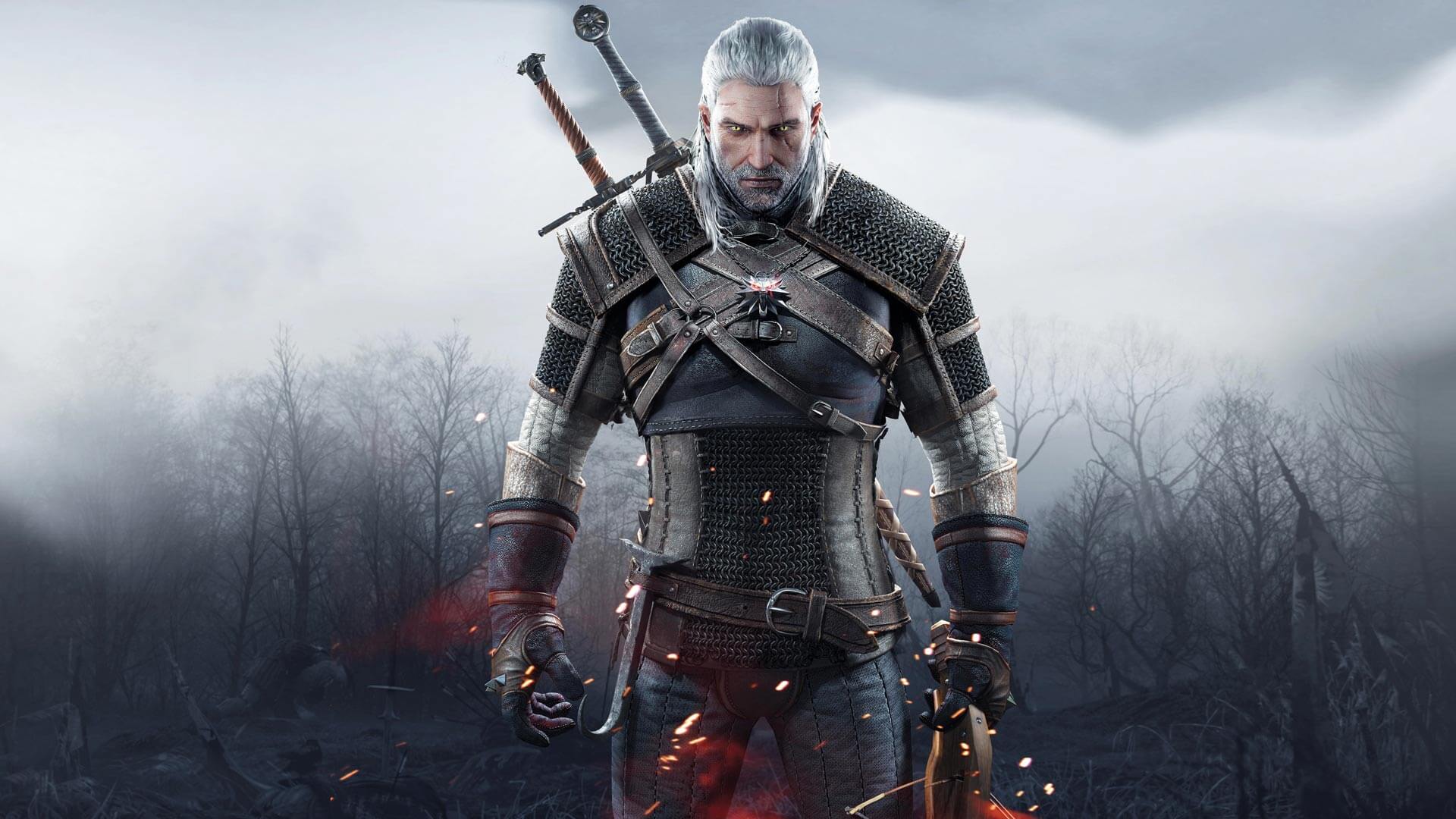

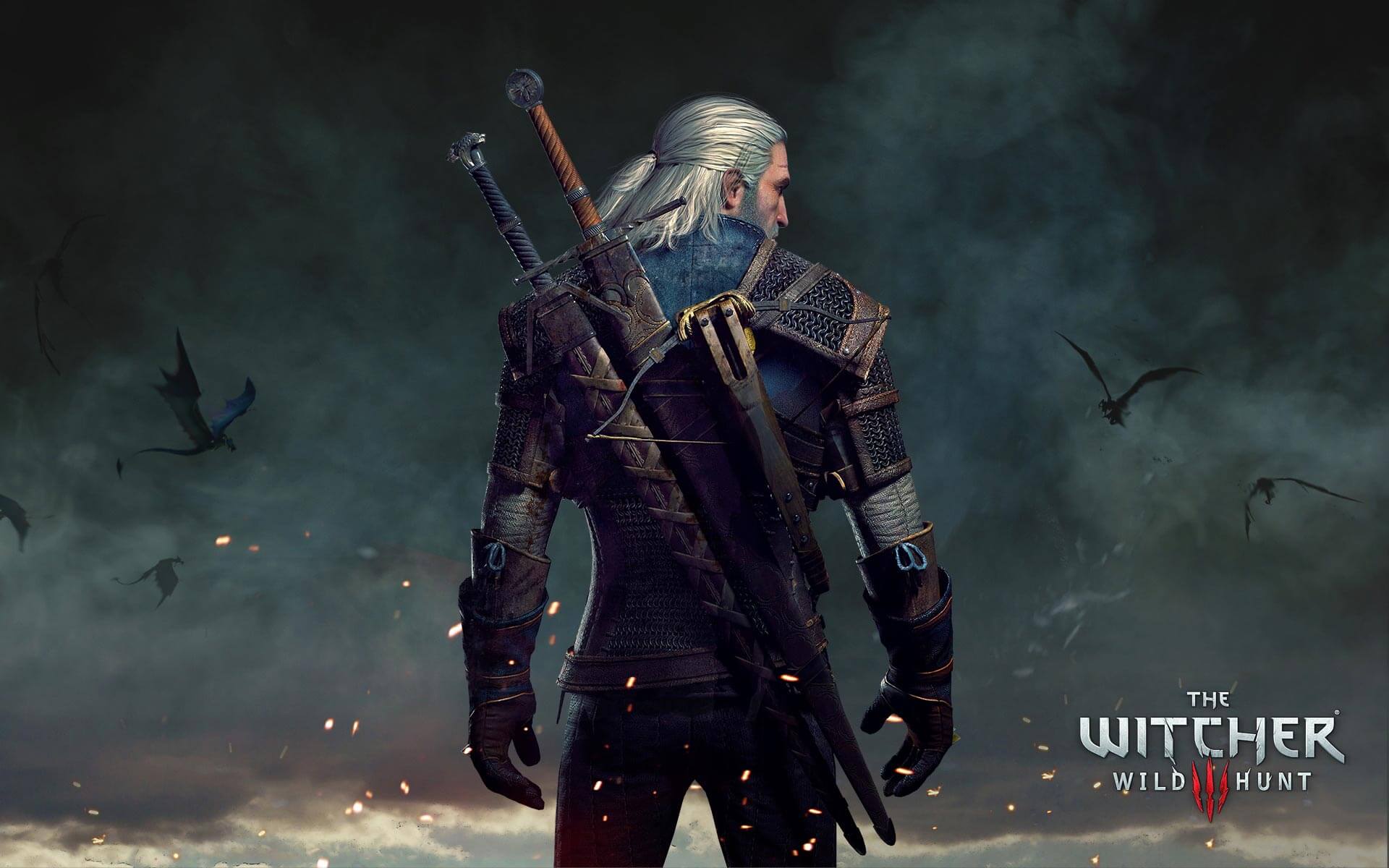
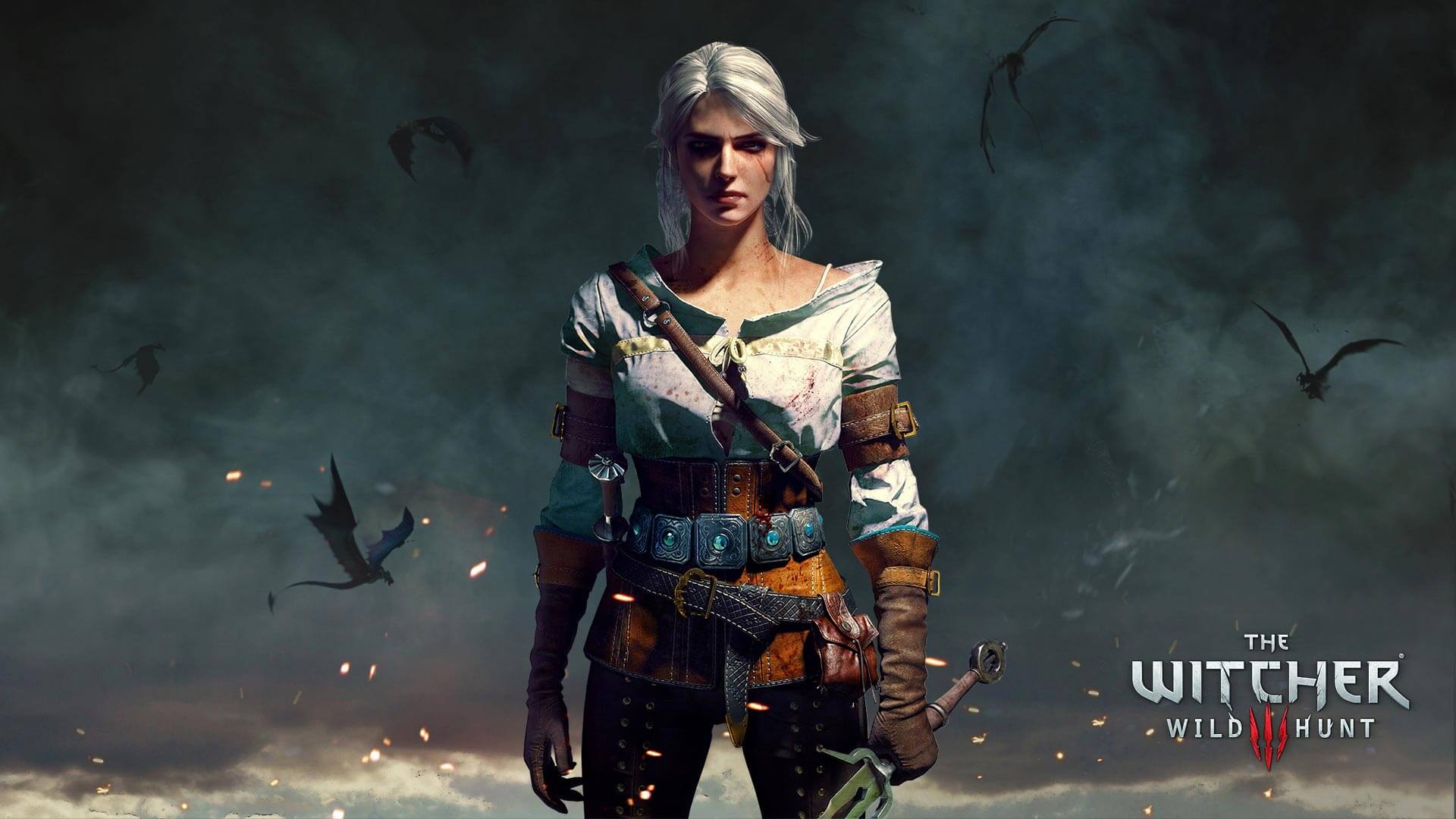



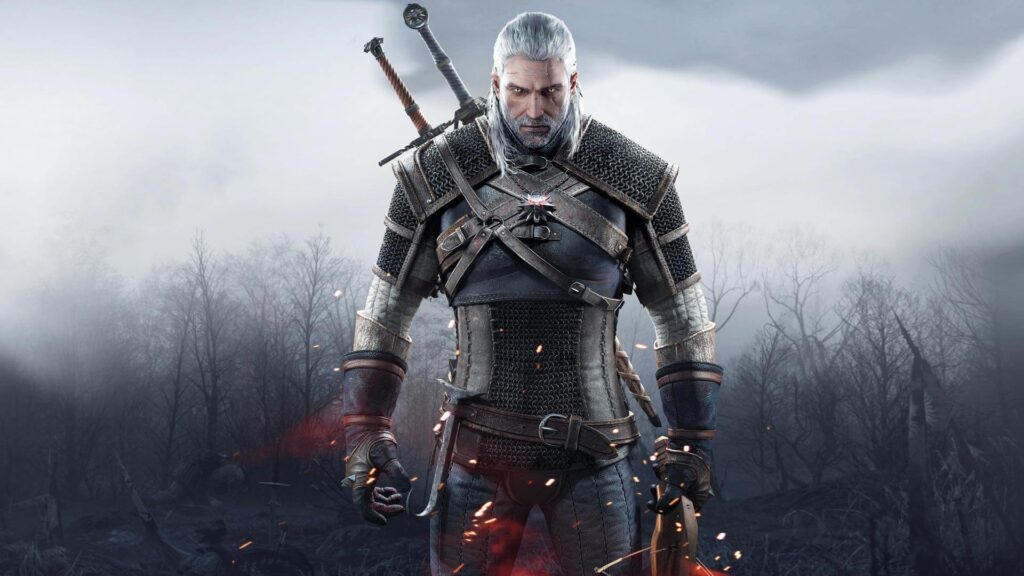
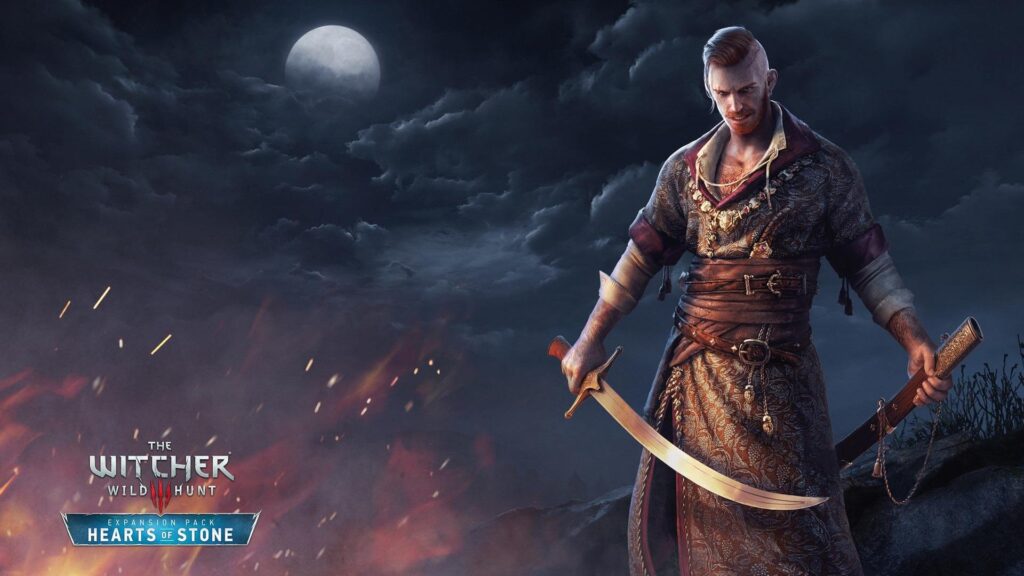
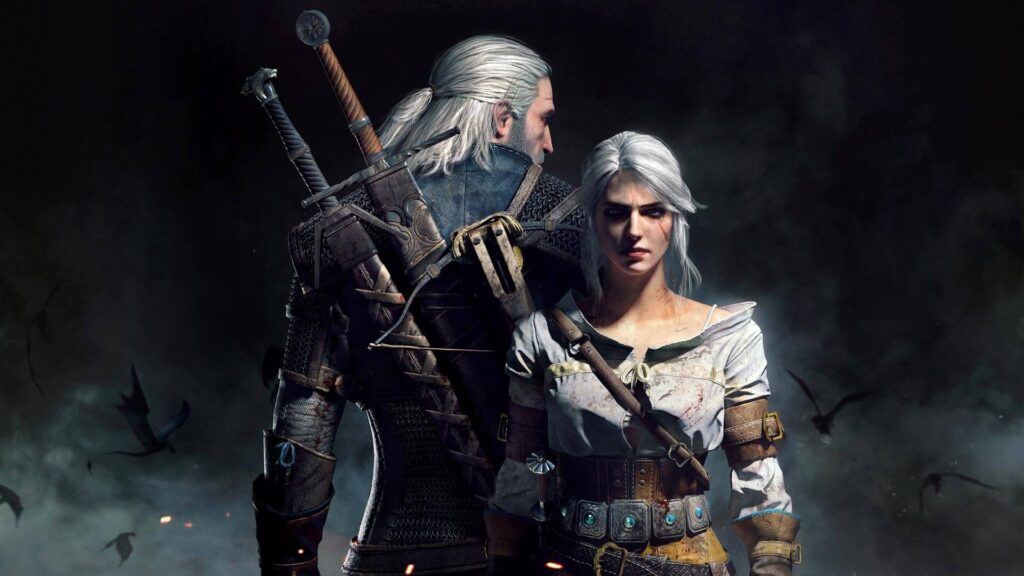

test